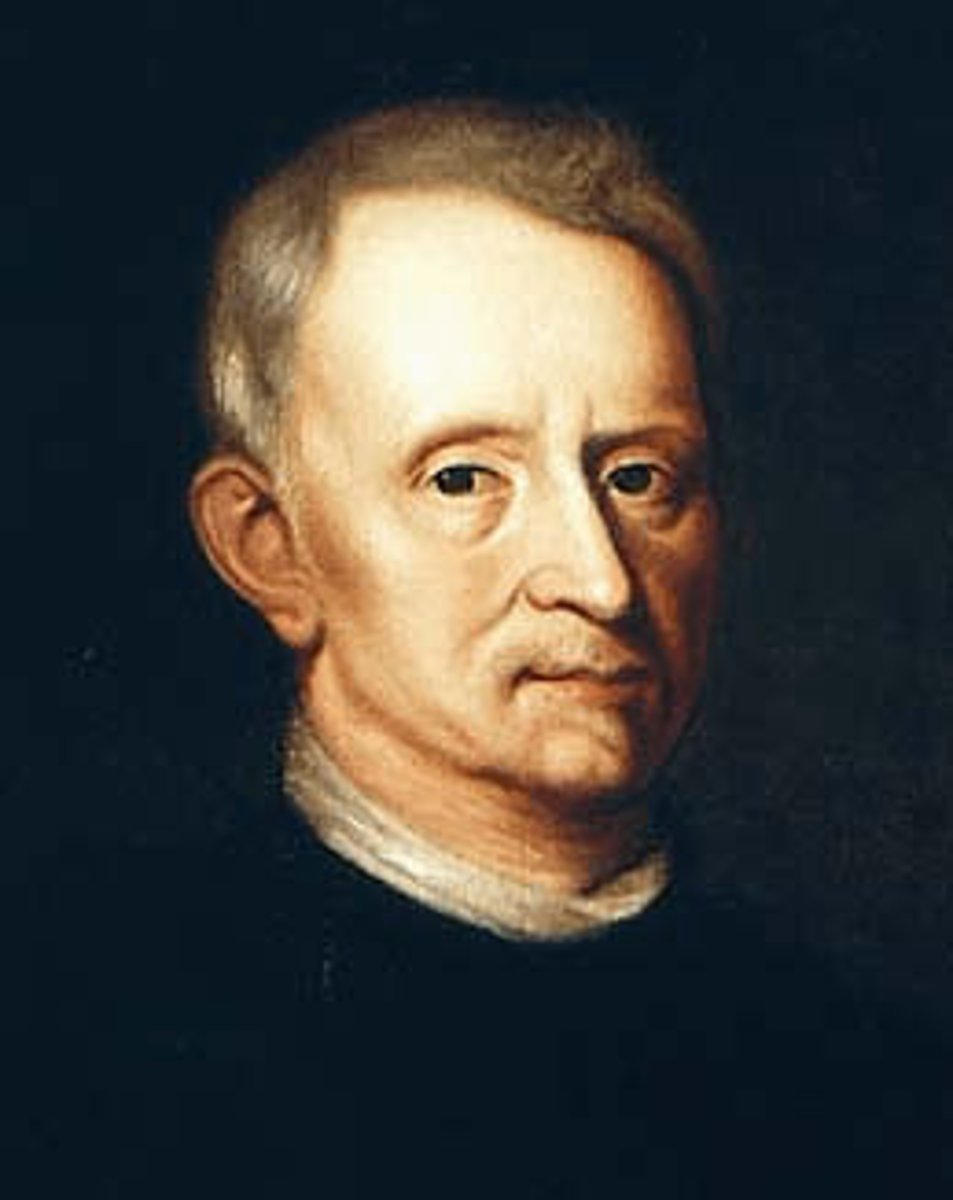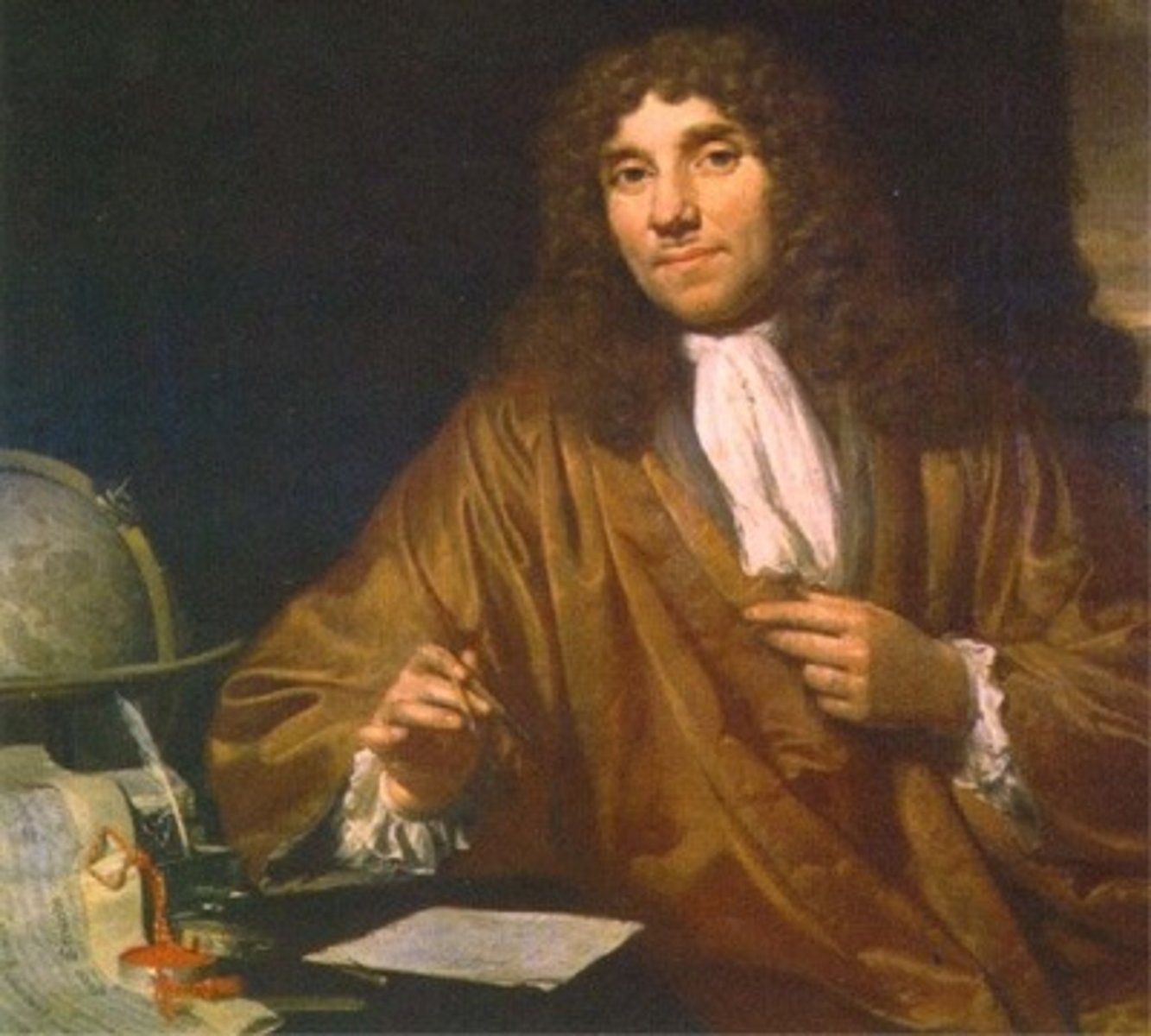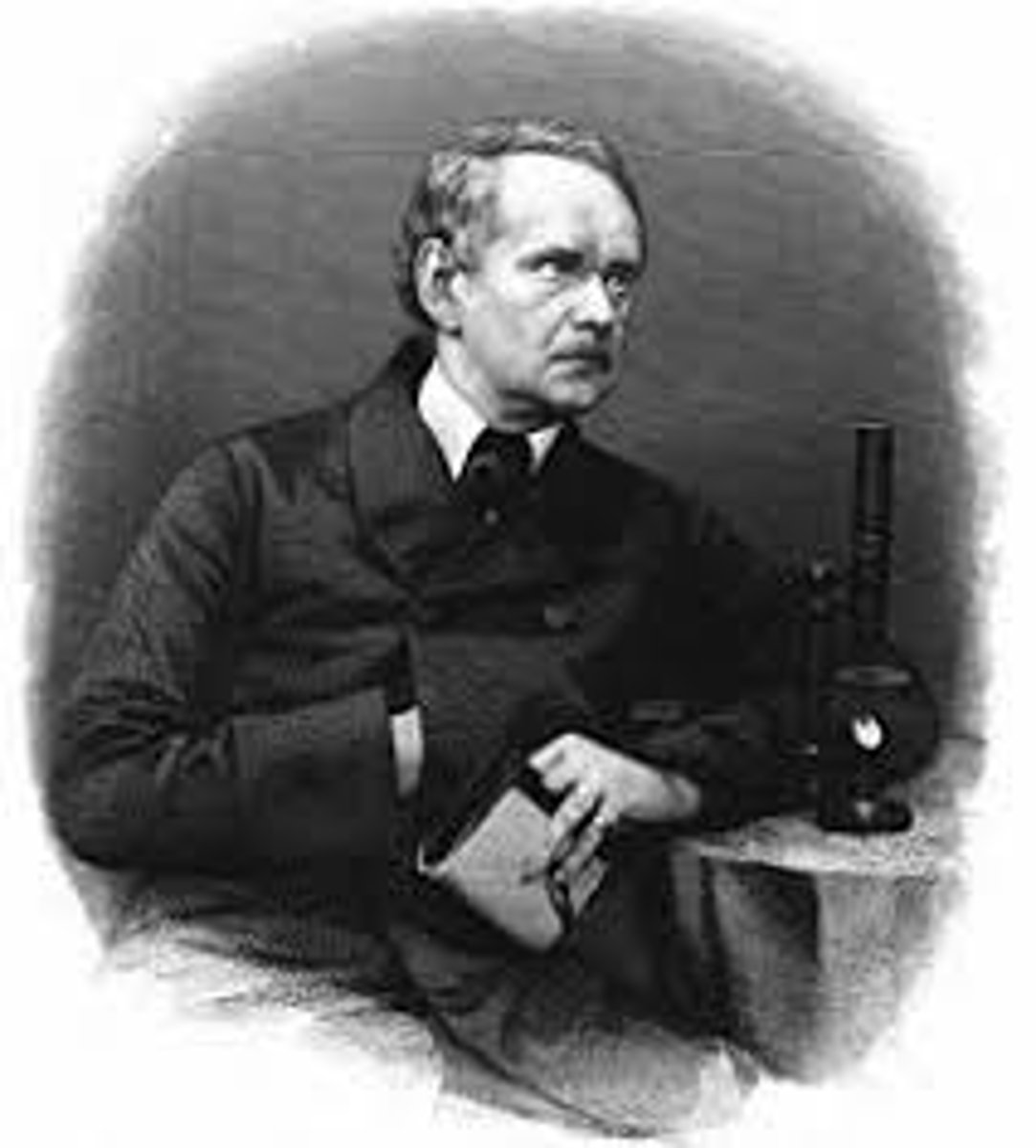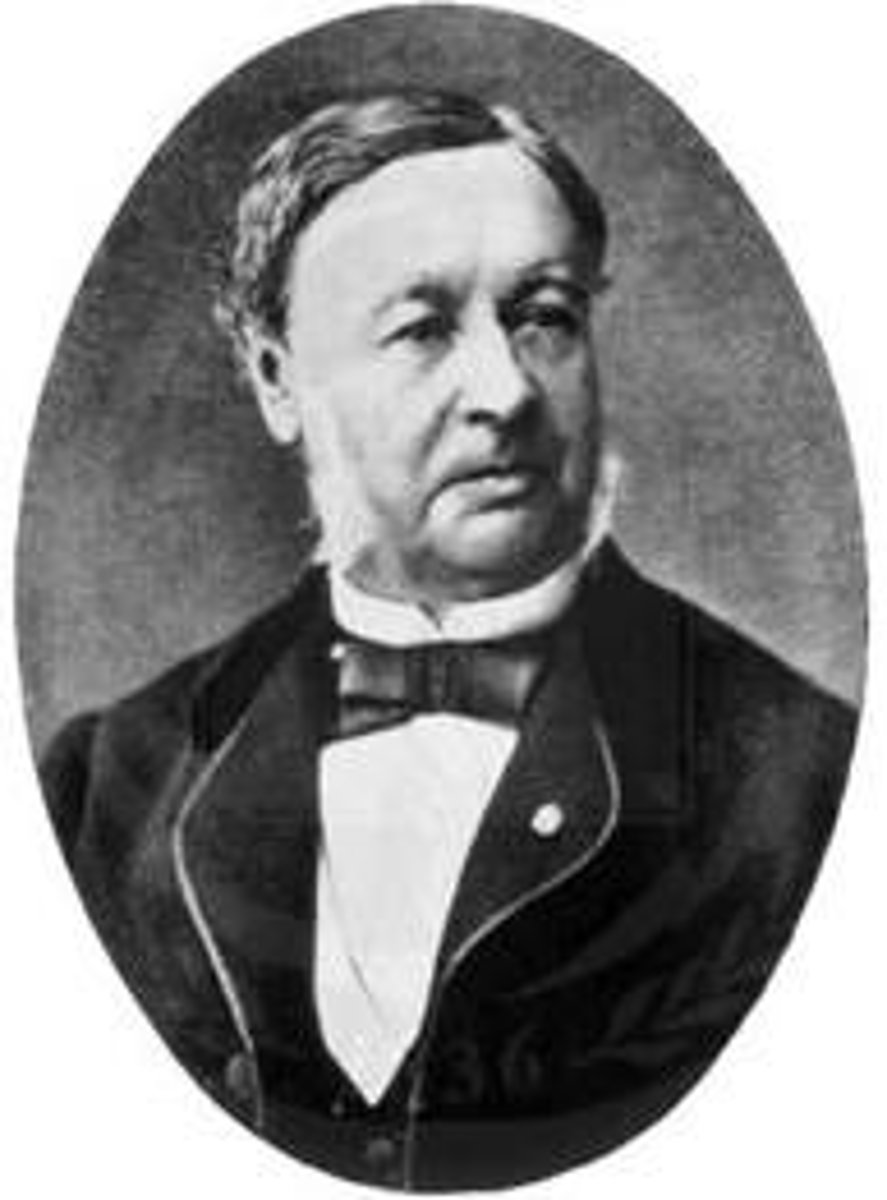Zoo-Lec (Sem-1) - Chapter 1: The Cell
1/87
There's no tags or description
Looks like no tags are added yet.
Name | Mastery | Learn | Test | Matching | Spaced |
|---|
No study sessions yet.
88 Terms
zoology
the study of animals
zoon
Greek for "animal"
logos
Greek for "to study"
1.4 million
amount of described animal species
anatomy
study of structure of an entire organism + parts
cytology
study of structure and function of cells
comparative genomics and bioinformatics
study of the structure, function, and evolution of the genetic composition of groups of animals using computer-based computational methods
ecology
study of interactions between organisms and their environment
embryology
study of the development of an animal from the fertilized egg to birth or hatching
genetics
study of the mechanisms of transmission of traits from parents to offspring
histology
study of tissues
molecular biology
study of subcellular details of structure and function
parasitology
study of animals that live in or on other organisms at the expense of the host
physiology
study of the function of organisms and their parts
systematics
study of classification of biodiversity
entomology
taxonomic category; study of insects
herpetology
taxonomic category; study of amphibians and reptiles
icthyology
taxonomic category; study of fishes
mammalogy
taxonomic category; study of mammals
ornithology
taxonomic category; study of birds
protozoology
taxonomic category; study of protozoa
Robert Hooke (1635-1703)
English polymath; first coined the term "cells"; discovered cells by looking at a thin slice of cork; his discovery led to the development of the classical cell theory

thin slice of cork
the specimen Robert Hooke was observing where he noticed a honeycomb structure that reminded him of cells in monasteries, thus coining the term "cell"
Antonie van Leeuwenhoek (1632-1723)
Dutch microbiologist; Father of Microbiology; created simple microscopes that could magnify over 275 times; discovered bacteria, protists, sperm cells, blood cells, microscopic nematodes, and rotifers (+many more); discovered them by observing pond water using a microscope

Matthias Schleiden (1804-1881)
German botanist; co-founder of the classical cell theory; coined the term "cytoblast"

Theodor Schwann (1810-1882)
German zoologist; co-founder of the classical cell theory; discovered Schwann cells and Pepsin

Rudolf Virchow (1821-1902)
German physician; Father of Pathology; co-founder of the classical cell theory; coined the phrase "omni cellula e cellula"

omni cellula e cellula
phrase coinded by Virchow, meaning "every cell stems from another cell"
classical cell theory
3 theories about cells proposed by Schleiden, Schwann, and Virchow
All organisms are composed of one or more cells
first part of cell theory; proposed by Schleiden and Schwann
The cell is the structural unit of life
second part of cell theory; proposed by Schleiden and Schwann
Cells can arise only by division from a pre-existing cell
third part of cell theory; proposed by Virchow
DNA replication
the process in which DNA makes a duplicate copy of itself.
division
the process by which the contents of a mother cell are distributed into two daughter cells
electromagnetic radiation from the sun
the source of all the energy utilized by life on the Earth's surface
miniaturized chemical plants
cells function like this type of industrial processing plant
enzymes
required by all chemical changes in cells; molecules that speed up chemical reactions
the sum total of the chemical reactions in a cell
represents that cell's metabolism
Krebs cycle
pyruvic acid is broken down into carbon dioxide in a series of energy-extracting reactions
cytoskeletal fiber/cytoskeleton
the fiber on which the motor protein travels on carrying cargo
motor proteins
a class of molecular motors that can move along the cytoskeleton of cells; they convert chemical energy into mechanical work by the hydrolysis of ATP
Adenosine triphosphate (ATP)
the source of energy for use and storage at the cellular level
cell receptors
the main reason behind the cell's response to stimuli; in cell membrane; receive hormones and neurotransmitters
programmed cell death (PCD)
a response to stimuli; death of a cell caused by events within the cell, such as apoptosis
self-regulation
feedback circuits activate to return the cell to an appropriate state after dangerous fluctuations in composition and behavior
mutation
any change in the cell's DNA sequence
evolution
the reason behind the diversity of cells and its different types in the modern day
precellular life form
what cells evolved from; what evolved from nonliving organic materials that were present in the primordial seas
last universal common ancestor (LUCA)
the common ancient ancestral cell with which all organisms evolved from more than three billion years ago
prokaryotic cells
simple-structured cells that do not have a nucleus or other membrane-bound organelles
eukaryotic cells
more complex-structured cell with a nucleus and membrane-bound organelles
bacteria
single-celled organisms that lack a nucleus; prokaryotes
protists, fungi, plants, and animals
4 Kingdoms in Domain Eukarya
cyanobacteria
photosynthetic, oxygen-producing bacteria (formerly known as blue-green algae)
approx. 2.7 billion years ago; surely 2.4 billion years ago
the time when cyanobacteria first appeared; theorized because that is when the atmosphere became infused with molecular oxygen as a by-product of the photosynthetic activity of this prokaryote
600 million years ago
time when complex multicellular organism first appeared on fossil records; substantial evidence that eukaryotes appeared even way before
mitochondria
eukaryotic membrane-bound organelles that transform energy stored in food molecules; has a highly folded inner membrane that produces energy-storing molecules
chloroplast
eukaryotic membrane-bound organelle which is the site of photosynthetic activity
cellulose
carbohydrate component of plant cell walls; eukaryotic function
phagocytosis
process in which extensions of cytoplasm surround and engulf large particles and take them into the cell; eukaryotic function
diploidy
the state of being diploid, that is having two sets of chromosomes; eukaryotic function
RNA polymerases
enzymes that bond nucleotides together in a chain to make a new RNA molecule; eukaryotic function
meiosis
a type of cell division that results in four daughter cells each with half the number of chromosomes of the parent cell, as in the production of gametes and plant spores; eukaryotic function
nucleoid
what a prokaryote has as opposed to the nucleus of eukaryotes; stores the genetic material of prokaryotic cells
before, nucleus
pro, karyon
true, nucleus
eu, karyon
relatively small
amount of DNA in prokaryotic cells
separate chromosomes
eukaryotic chromosome
circular chromosomes
prokaryotic chromosome
simple diffusion
movement of a solute from an area of high concentration to an area of low concentration
devoid of membranous structures
a feature that differentiates prokaryotes and eukaryotes; the inside of a prokaryotic cytoplasm that is opposed to the interconnecting structures of eukaryotic cytoplasm
conjugation
prokaryotic cells are usually asexual, except for...; the passing of DNA from one cell to another
structural complexity
the distinction between eukaryotic and prokaryotic cells, as opposed to phylogenetic relationships
Archaea (Archaebacteria); Bacteria (Eubacteria)
the two major taxonomic groups or domains of prokaryotes
eukaryotes; prokaryotes
members of Archaea are more closely related to ____________ than they are to the other group of _____________
extremophiles
Archaea; thrive in extremely inhospitable environments
methanogens
Archaea that release methane, a greenhouse gas.
halophiles
"salt-loving" archaea that live in environments that have very high salt concentrations
acidophiles
Archaea that grow best in acidic habitats
thermophiles
Archaea that are heat loving microbes
hyperthermophiles
Archaea growing about 80 degrees celcius and some above 100 degrees celcius
mycoplasma
belonging to Domain Bacteria; known as the smallest free living bacteria
nitrogen fixation
a capability of cyanobacteria other than photosynthesis; conversion of nitrogen into reduced forms of nitrogen
roughly 6000
amount of species of prokaryotes that have been identified using traditional techniques
1 to 5 µm
size range of a prokaryotic cell
10 to 30 µm
size range of a eukaryotic cell
fibroblasts
10-15 micrometers in size; produce fibers and ground substance
plasma membrane; cytoplasm/cytosol; DNA; ribosomes
what all cells have